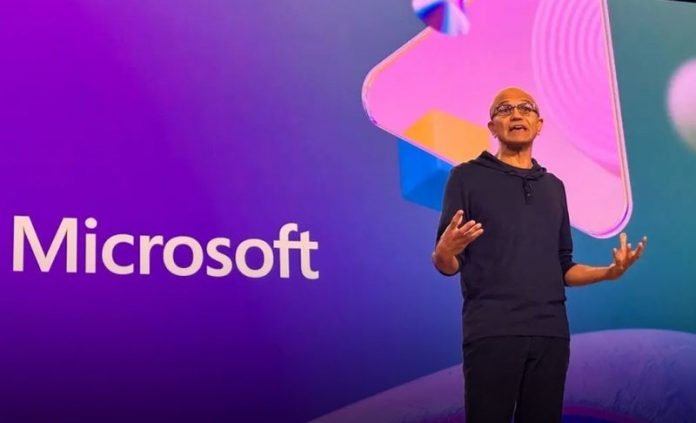CNN announced a major partnership with Kalshi on December 2, 2025, making the prediction market platform its official data provider for real-time event probabilities.
This integration will embed Kalshi’s crowd-sourced forecasts—reflecting what users are willing to bet on—directly into CNN’s TV broadcasts, digital stories, and social media, covering politics, economics, culture, weather, and more.
CNN’s teams will access Kalshi’s data via a real-time API feed, powering on-air tickers, interactive graphics, and enhanced analysis during live segments. For instance, during election coverage or cultural events, viewers might see live odds shifting alongside traditional polling data.
CNN Chief Data Analyst Harry Enten, known for his probability-focused reporting, will spearhead the rollout. He’ll use Kalshi’s odds to “fact-check” and contextualize stories, treating them as a dynamic complement to polls and expert opinions.
Unlike some data licensing deals, CNN isn’t paying for access—it’s a strategic collaboration to boost journalistic accuracy with market-driven insights. This is Kalshi’s first big media tie-up, coming amid a $1 billion funding round that valued the company at $11 billion.
Prediction markets like Kalshi have surged in popularity, with combined trading volumes exceeding $45 billion this year across platforms. However, Kalshi faces ongoing criticism and a class-action lawsuit alleging it operates like unlicensed sports betting.
This move signals prediction markets’ growing legitimacy in journalism, potentially influencing how networks forecast events beyond polls. If you’re curious about specific Kalshi markets (e.g., on 2026 midterms or Oscar winners).
What Are Prediction Markets for the 2026 Midterms?
Prediction markets like Kalshi allow users to buy and sell “event contracts” on the outcomes of real-world events, including elections. These contracts are priced between 1¢ and 99¢, reflecting the market’s collective probability of an outcome happening (e.g., a 75¢ “Yes” contract implies a 75% chance).
If the event resolves “Yes,” holders get $1 per contract; otherwise, it’s worth $0. Kalshi, as the only federally regulated U.S. platform for such trades, has seen over $45 billion in total volume this year, with midterm markets drawing millions in bets.
These markets often outperform traditional polls by aggregating real-money incentives from diverse traders.The 2026 U.S. midterm elections—set for November 3, 2026—will determine control of the House, Senate 35 seats up, including 33 Class 2 and 2 special elections, and 39 gubernatorial races.
They come amid a Republican White House and slim GOP congressional majorities post-2024, historically favoring the opposition party. Recent off-year Democratic wins have shifted odds dramatically.
Markets opened as early as April 2025, with expanded House race listings in July. Odds fluctuate based on news like redistricting, retirements, and economic data. Volumes are in the millions for top contracts. House of Representatives (Control Market: “Which party will win the U.S. House next year?”)
Democratic Win: 75% chance Yes at 75¢, up 15 points post-November 2025 Democratic sweep. Volume: ~$2M+. Republican Win: 25% chance Yes at 25¢.
Democrats need a net +3 seats to flip the chamber GOP holds a narrow majority. Kalshi traders see fewer GOP structural edges after recent blue-state gains. In July, odds were 70-30 favoring Dems; a brief dip in October to ~50% tied to shutdown fears, but rebounded.
Senate Control Market: “Which party will win the U.S. Senate next year?. Republican win: 72% chance Yes at 72¢. Nearly $700K wagered on GOP hold as of May, with bets stacking against Dems. Democratic Win: 28% chance Yes at 28¢.
GOP defends 22 seats vs. Dems’ 13, but in favorable states like Maine, North Carolina. Maps show toss-ups in GA, NC, and ME; Republicans lead in leans like TX and FL. Kalshi lists 49+ House districts and 35 Senate races. Alex Padilla at 40% for nomination; Katie Porter fading to <20%.
VA/NJ specials already resolved, but 2026 races like CA draw early volume. Will Mitch McConnell resign before midterms?” No: 77% at 77¢. Redistricting in states like CA Yes: 80% or KS Yes: 14%, down post-GOP skepticism.
Post-sweep surge; historical midterm penalty for president’s party. GOP map advantage; crypto policy bets tie in. Newsom term-limited; multi-outcome market. November 2025 “blue sweep” in off-years boosted Dem House odds from 64% in October to 75%, signaling backlash to Trump-era policies like deficits and borders.
Senate remains red-leaning due to geography. Incumbent parties lose ~25 House seats in midterms on average. GOP’s thin margins like 187-vote wins in 2024 amplify flip risks. High engagement on X highlights bets like record turnout speculative at 50%+.
GOP Senate odds boost deregulation hopes, spilling into BTC volatility. Markets can overreact via October dip on shutdown fears. Kalshi faces lawsuits alleging betting-like ops, but CFTC oversight ensures resolution via official sources.
These markets provide a “wisdom of crowds” edge over polls, especially for CNN’s new Kalshi integration.
Like this:
Like Loading...






